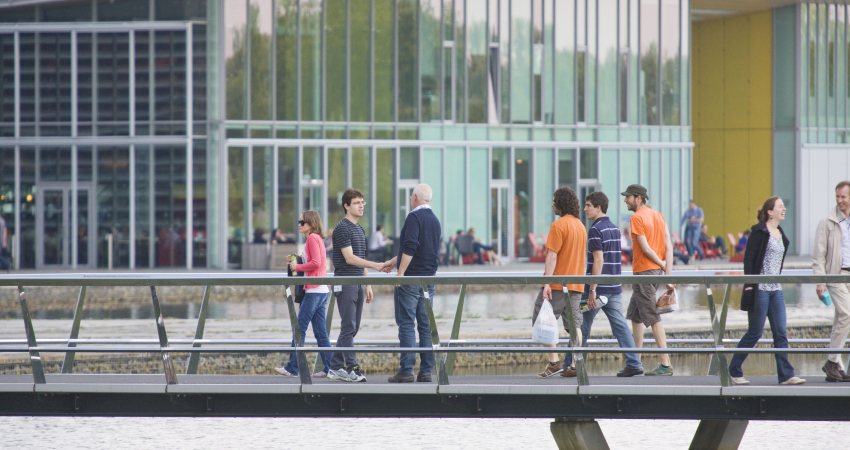Frequently asked questions

This report concerns the recent emergence of strategic public-private research partnerships between universities and industry. Strategic partnerships give firms and universities new options. At the same time, they also raise all sorts of new questions, both for those directly involved (how can we organise the partnership in an effective and responsible manner?) and for universities (who do we serve?), governments (stimulate, facilitate, restrict?) and society as a whole. The report explores the implications for science, innovation and regional policy.
The phenomenon of strategic partnerships is still in its infancy and in the throes of development. Such partnerships open up new opportunities for Dutch science because they broaden the scope of student and PhD training and allow researchers to undertake high-level research. At the same time, they help to maintain the Netherlands’ appeal as a knowledge hub; they attract R&D investment in our knowledge economy by offering investors knowledge rather than tax benefits.
The emergence of strategic partnerships also raises new questions and entails new trade-offs, for example about the level of influence that large enterprises have on research agendas. Can we still say that there is a ‘level playing field’ if large enterprises have access to innovative knowledge but SMEs, for example, do not? Will such partnerships lead to an unwelcome ‘brain drain’? The purpose of the report is to gain more insight into the phenomenon and its potential impact on universities and their relationships with industry. Such insight can help politicians, policymakers and other decision-makers to respond more effectively to this trend.
The report is based in part on three case studies (Chemelot InSciTe, DELTA Lab and ARCNL). What they have made clear is that strategic partnerships are bespoke affairs. The specific format chosen by the partners depends on their precise intentions and what they can offer each other. Another important factor is how national or regional government is involved in the partnership, as a funding body or even as a partner. What sets strategic partnerships apart from other forms of cooperation is that the partners must be prepared to invest in the relationship and to narrow and bridge the inevitable gap between the world of academia and the commercial world. This not only means maximising geographical proximity (co-location, frequent visits), but also cognitive proximity (shared knowledge base), organisational proximity (hybrid organisational culture) and social proximity (good relationships and shared networks).
We also see that strategic partnerships are not easy and make demands on both parties: they must get to know each other’s interests/missions/cultures, invest time and energy in the relationship, monitor the public task of universities, and so on. In practical terms, they must find a new of working that supports both academic and commercial interests.
Strategic partnerships affect not only the university research groups and industry researchers directly involved, but also their organisations and the wider society. All manner of interests converge in a strategic partnership. At this stage, stakeholders are developing their own methods in an effort to shape their strategic partnerships. Each partnership is unique, but it is in the public interest for stakeholders to join together to reflect, learn from one another, and make responsible choices when entering into and shaping strategic partnerships. An overall assessment framework can help them in this by offering guidance as they decide which strategic partnerships are or are not appropriate and subject to which conditions.
